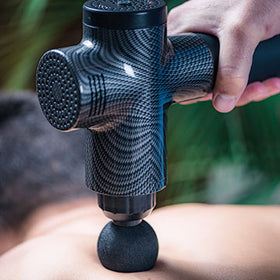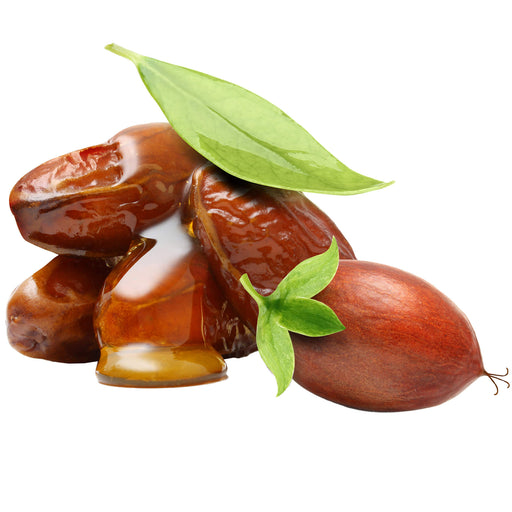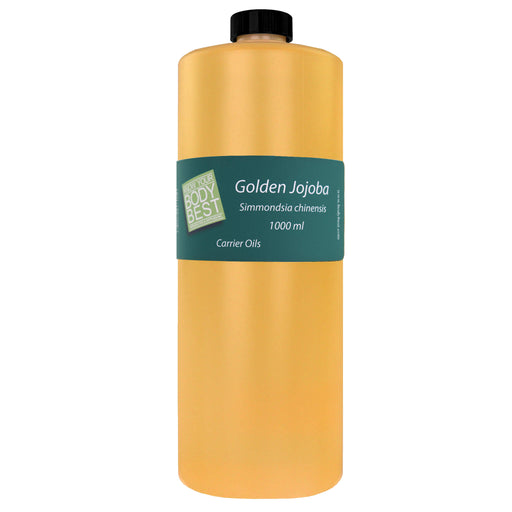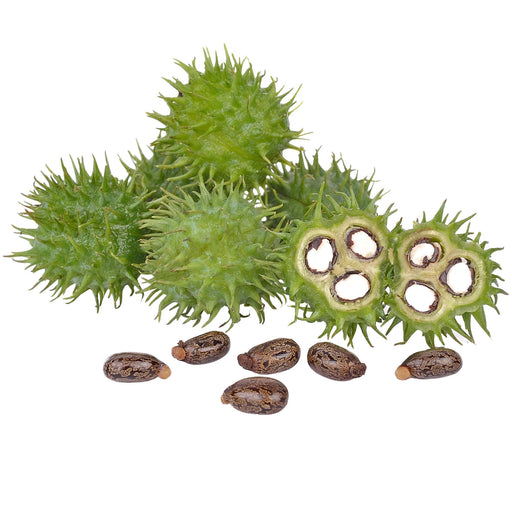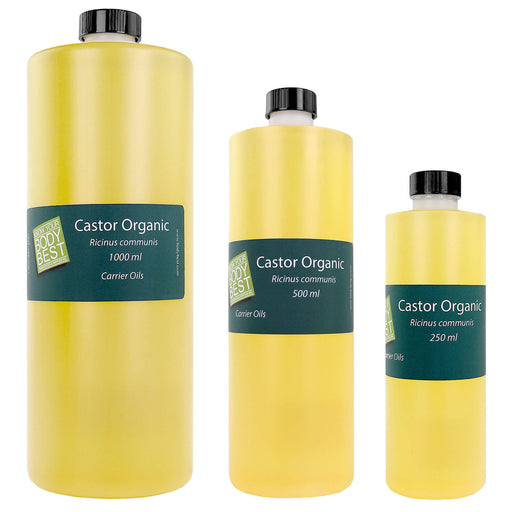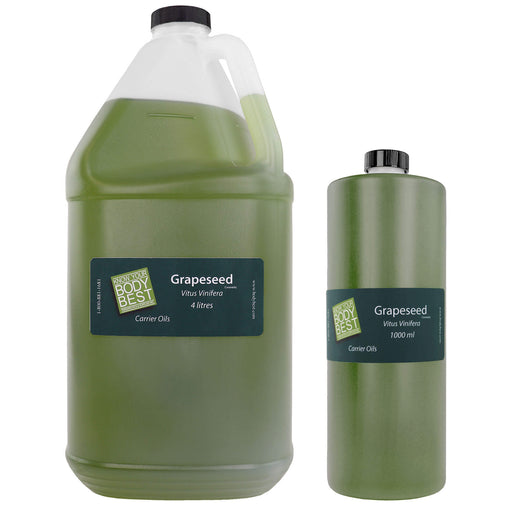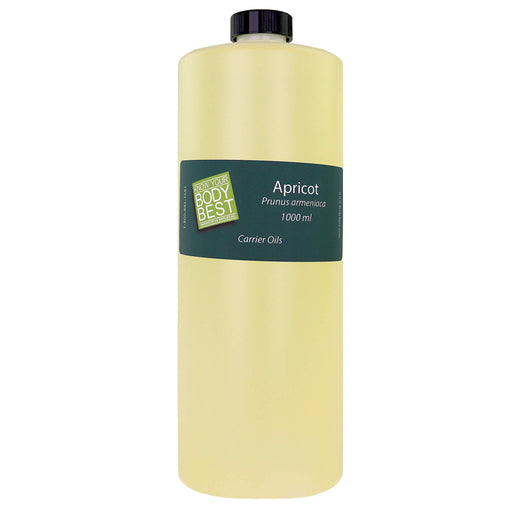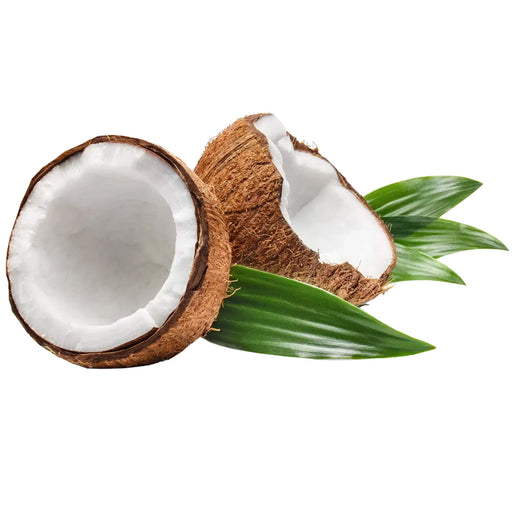over $250.00

Techniques for Addressing Scar Tissue
Scar tissue can be a significant barrier to movement, flexibility, and overall comfort for clients recovering from injury, surgery, or trauma. For massage therapists and other physical therapists, understanding how to effectively address scar tissue is essential for supporting proper healing, restoring range of motion, and reducing discomfort.
In this article, we’ll cover a variety of hands-on techniques and complementary therapies designed to address the challenges of scar tissue, with a focus on practical application for massage therapists and other bodywork professionals.
Understanding Scar Tissue Formation
Scar tissue is the body’s natural response to injury or surgery. When tissue is damaged, the body produces collagen fibres to repair the area, but these fibres are laid down in a disorganized manner. This often results in a tough, fibrous tissue that can limit movement, create adhesions, and contribute to discomfort.
The challenge for therapists is not just breaking down scar tissue but also helping the body remodel it into more functional tissue over time. While it’s unlikely to completely eliminate scar tissue, effective treatment can help restore flexibility and mobility, and this may reduce pain.
Myofascial Release for Scar Tissue
One of the most commonly used techniques for addressing scar tissue is myofascial release. This gentle yet effective technique focuses on stretching and releasing the fascial layers that surround the scar. Scar tissue often adheres to these fascial layers, which can cause restriction in movement.
To perform myofascial release on scar tissue:
- Apply light, sustained pressure over the scar and surrounding tissue.
- Gradually increase the depth of pressure as the tissue begins to soften and release.
- Encourage slow, deep breathing to enhance tissue relaxation.
Myofascial release is particularly effective for superficial scars, such as those from surgeries or burns, and helps loosen the restrictions in the fascial network.
Cross-Fibre Friction Massage
Cross-fibre friction massage is a more targeted approach used to break down adhesions in deeper scar tissue. By applying pressure across the grain of the scar, therapists can help reorganize the collagen fibres and promote better tissue alignment.
Steps to perform cross-fibre friction:
- Place fingers or thumbs directly over the scar and apply firm pressure across the scar tissue, moving perpendicular to the direction of the scar.
- Use small, controlled movements and maintain steady pressure for 5–10 minutes.
- Combine with stretching exercises to further promote mobility in the treated area.
Cross-fibre friction is particularly effective for deeper, more established scars and can be used to break down both internal and external adhesions.
Cupping Therapy for Scar Tissue
Cupping therapy has gained popularity in recent years for its effectiveness in addressing deep tissue restrictions, including scar tissue. By creating suction with specialized cups, cupping can lift the tissue and improve blood flow to the area, which helps soften and release scar tissue.
Cupping can be particularly useful for:
- Post-surgical scars that cause tightness or restricted movement.
- Clients who prefer less direct pressure than traditional massage techniques.
- Stimulating lymphatic drainage to reduce swelling around scars.
To apply cupping for scar tissue:
- Use silicone or plastic cups with moderate suction.
- Place the cups around the scar and gently glide them over the tissue to encourage movement and separation of the adhered layers.
- Adjust the level of suction based on the client’s comfort.
Cupping is a great complementary therapy that can be combined with manual techniques like myofascial release or deep tissue massage.
Instrument-Assisted Soft Tissue Mobilization (IASTM)
IASTM involves the use of specialized tools to break down scar tissue and adhesions. These tools allow therapists to target specific areas with precision and apply more force than hands alone. By using controlled strokes over the scar tissue, IASTM can stimulate the body’s natural healing response and encourage tissue remodelling.
Key benefits of IASTM for scar tissue:
- Increases circulation to the affected area.
- Promotes collagen production and reorganization.
- Helps break down more resistant or chronic scar tissue.
Therapists should begin with gentle strokes and increase intensity as the tissue softens. Like other techniques, IASTM works best when combined with stretching and mobility exercises post-treatment.
Scar Tissue Mobilization Exercises
In addition to hands-on techniques, encouraging clients to perform scar mobilization exercises can significantly improve long-term outcomes. These exercises help keep the tissue pliable and promote better movement through the scarred area.
Some basic mobilization exercises include:
- Scar rolling: Gently pinch and lift the scar tissue, rolling it between the fingers to loosen adhesions.
- Scar stretching: Using gentle stretching techniques to elongate the tissue and improve range of motion.
- Hydration and massage: Keeping the skin well-hydrated with massage oils or creams to support elasticity and healing.
Encourage clients to regularly perform these exercises at home between massage sessions to enhance results.
Combining Techniques for Optimal Results
Addressing scar tissue often requires a combination of techniques tailored to the client’s unique needs. A well-rounded approach that includes myofascial release, cross-fibre friction, cupping, and IASTM will ensure that both superficial and deep layers of tissue are treated effectively.
Always assess the client’s comfort level, and adjust the pressure and techniques based on the age of the scar, the location, and the client’s pain tolerance. Early intervention with scar tissue management can significantly reduce long-term complications, but even older scars can benefit from consistent treatment.
Conclusion
For massage therapists and physical therapists, learning to work with scar tissue is an essential skill that can dramatically improve client outcomes. With a variety of techniques at your disposal—from myofascial release to IASTM—you can help clients regain mobility, reduce discomfort, and improve their quality of life.
By understanding how to address scar tissue effectively, you’re not just treating a symptom but also facilitating the body’s natural healing process. Keep experimenting with different techniques and combinations to find what works best for your clients.
Featured collection
-
Original price $14.99 - Original price $59.99Original price
Lowest Price per ml: $0.06
$14.99 - $59.99$14.99 - $59.99Current priceCurrent Price: $14.99
Price Per ml: $0.14
$14.99Golden Jojoba Oil
BodyBestUses and Benefits of Golden Jojoba Oil Golden Jojoba Oil is one of the best massage oils as it can be used for both scalp and body. It is deeply mo...
View full detailsOriginal price $14.99 - Original price $59.99Original priceLowest Price per ml: $0.06
$14.99 - $59.99$14.99 - $59.99Current priceCurrent Price: $14.99
Price Per ml: $0.14
$14.99 -
Original price $11.99 - Original price $29.99Original price
Lowest Price per ml: $0.03
$11.99 - $29.99$11.99 - $29.99Current priceCurrent Price: $11.99
Price Per ml: $0.04
$11.99Castor Oil
BodyBestUses and Benefits of Castor Oil Castor oil is a healing oil that helps soothe muscle aches. Rich in antioxidants, the oil prevents wrinkles, reliev...
View full detailsOriginal price $11.99 - Original price $29.99Original priceLowest Price per ml: $0.03
$11.99 - $29.99$11.99 - $29.99Current priceCurrent Price: $11.99
Price Per ml: $0.04
$11.99 -
Original price $29.99 - Original price $99.99Original price
Lowest Price per ml: $0.02
$29.99 - $99.99$29.99 - $99.99Current priceCurrent Price: $29.99
Price Per ml: $0.02
$29.99Grapeseed Oil
BodyBestUses and Benefits of Grape seed Oil Grape seed oil has anti-inflammatory and antimicrobial properties. In addition, the oil is rich in omega chain ...
View full detailsOriginal price $29.99 - Original price $99.99Original priceLowest Price per ml: $0.02
$29.99 - $99.99$29.99 - $99.99Current priceCurrent Price: $29.99
Price Per ml: $0.02
$29.99 -
Original price $29.99 - Original price $29.99Original price$29.99$29.99 - $29.99Current price$29.99
Apricot Oil Cold Pressed 1L
BodyBestUses and Benefits of Cold Pressed Apricot Oil Apricot Oil Cold Pressed by BodyBest is ideal for body and head massages. Also known as Apricot Kerne...
View full detailsOriginal price $29.99 - Original price $29.99Original price$29.99$29.99 - $29.99Current price$29.99 -
Original price $23.99 - Original price $94.99Original price
Lowest Price per ml: $19.00
$23.99 - $94.99$23.99 - $94.99Current priceCurrent Price: $23.99
Price Per ml: $23.99
$23.99Coconut Oil Cold Pressed Unfractionated
BodyBestBenefits of Body Best Cold Pressed Unfractionated Coconut Oil Body Best Cold Pressed Virgin Coconut Oil has wonderful healing properties for your...
View full detailsOriginal price $23.99 - Original price $94.99Original priceLowest Price per ml: $19.00
$23.99 - $94.99$23.99 - $94.99Current priceCurrent Price: $23.99
Price Per ml: $23.99
$23.99
